Dongying town weaves its way to prosperity
By Liu Chuan| (chinadaily.com.cn)| Updated : 2022-09-10
Print PrintIn Damatou town, Dongying city, East China's Shandong province, the Chinese traditional handicraft of reed weaving has been preserved and passed down as a key way to help vitalize local cultural and economic development.
Reed weaving is a hand-woven method that uses reeds as a raw material to create a range of works of art and living utensils. According to Xu Zunxing, an inheritor of Damatou reed weaving, the method has a 600-year history and may be traced back to the Ming Dynasty (1368-1644). Xu has been studying the skill since he was a child.
During the Ming Dynasty, the area was known as the land of the retreating sea and lake, which is an ideal place for reeds to grow and offers plentiful reed resources. As a result, reed weaving has become a major source of income in the region for farmers, and it has been passed down from generation to generation.
Damatou gained a reputation in China for its reed weaving mat products as early as the 1930s, when it produced over 3 million reed mats each year.
Traditional reed woven products, however, are no longer preferred by consumers due to the rapid growth of society. The reed weaving technology is also not a viable source of income for the town's farmers. Therefore, this traditional craft is gradually fading from people's lives.
To help vitalize the craft and better integrate traditional techniques into modern life, Xu invested 300,000 yuan ($44,370) and built an intangible cultural heritage base focusing on reed weaving. The workshop has developed a variety of new products combining modern functions and aesthetic demands.
"Now we can weave more than 60 varieties including storage baskets, handbags and tea sets," Xu said. "Our products are popular in both domestic and foreign markets."
According to Xu, the products are primarily sold in the provinces of Zhejiang and Guangzhou and are mainly used for hand gift boxes and packaging boxes in China, as well as flower pots and gardening supplies in the Netherlands, Japan, and African countries.
With an annual output of 150,000 reed weaving products, the workshop has become the only reed weaving product processing base in the Yellow River Basin.
"I feel very confident and proud to help pass on the craft, which also helps the foreign countries get to know our traditional culture and enhance our cultural confidence!" Xu added.
He also started training courses for local women and assisted approximately 200 of them in finding careers in the trade, which helped the villagers earn more money and improve their lives.
The reed weaving sector in Damatou was resurrected and expanded thanks to Xu's efforts, with the yearly sales revenue of read weaving items exceeding 3 million yuan.
To further promote the traditional craft, Xu also opened reed weaving classes in schools and communities to help more teenagers get in touch with reed weaving culture. More cultural creative products have been created to foster the integration of culture and tourism.
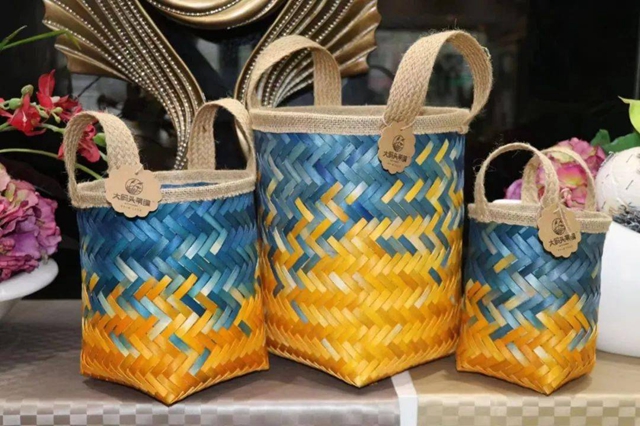
Woven reed baskets featuring the intersection of the Yellow River and the Bohai Sea [Photo/WeChat account: GR_FABU]
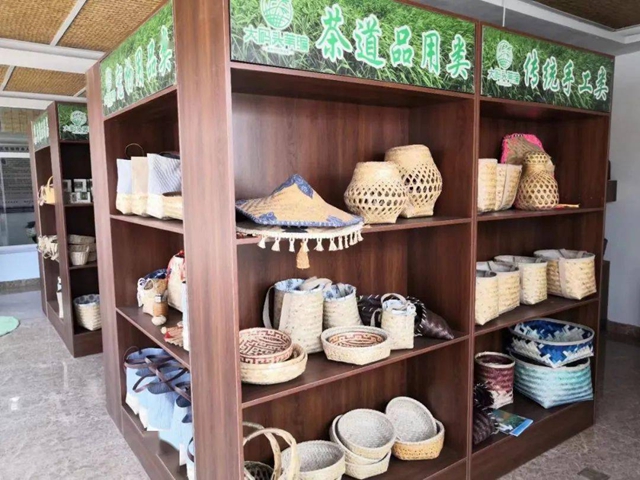
A variety of woven reed products are on display at the intangible culture heritage base in Damatou town, which was established by Xu Zunxing. [Photo/WeChat account: GR_FABU]
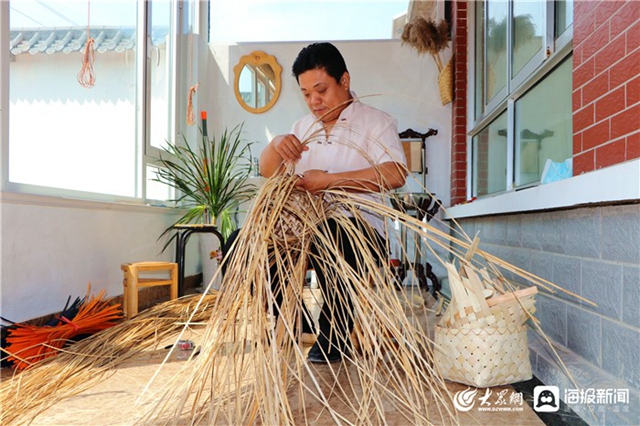
Xu Zunxing, an inheritor of the reed weaving technique, concentrates on weaving. [Photo/Dazhong News]
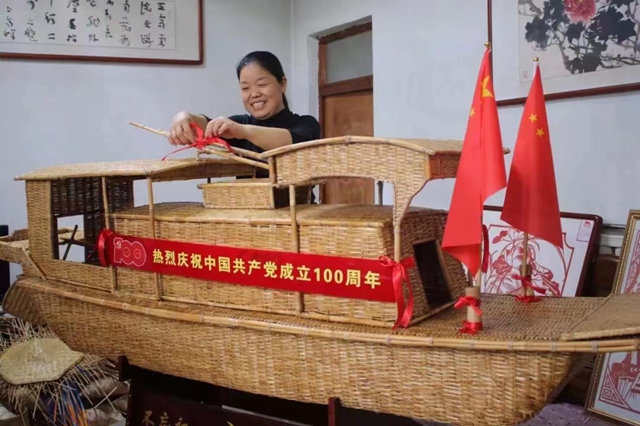
A woman decorates a huge reed-woven boat. [Photo/WeChat account: GR_FABU]

 Insights from the 10th Nishan Forum
Insights from the 10th Nishan Forum 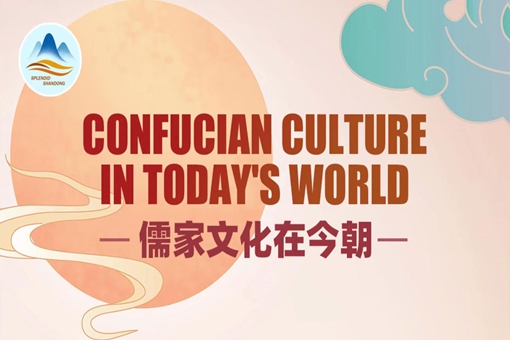 Confucian culture thrives: Integrating its wisdom into modern value
Confucian culture thrives: Integrating its wisdom into modern value  Confucianism's enduring influence: Shaping East, Southeast Asian civilizations
Confucianism's enduring influence: Shaping East, Southeast Asian civilizations